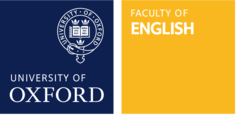Despite its widely acknowledged importance in and beyond
the thought of the Romantic period, the distinctive concept of the symbol articulated by such writers as Goethe and F.W. J. Schelling in Germany and S.T. Coleridge in England has de ed adequate historical explanation. In contrast to previous scholarship, Nicholas
Halmi’s study provides such an explanation by relating the content
of Romantic symbolist theory—often criticized as irrationalist—to the cultural needs of its time. Because its genealogical method eschews a single disciplinary perspective, this study is able to examine the Romantic concept of the symbol in a broader intellectual context than previous scholarship, a context ranging chronologically from classical antiquity to the present and encompassing literary criti-
cism and theory, aesthetics, semiotics, theology, metaphysics, natural philosophy, astronomy, poetry, and the origins of landscape painting. The concept is thus revealed to be a speci cally modern response
to modern discontents,neither reverting to pre-modern modes of thought nor secularizing Christian theology, but countering Enlighten- ment dualisms with means bequeathed by the Enlightenment itself.
symbol
,Goethe
,F. W. J. Schelling
,S. T. Coleridge
,Romantic symbol theory
,Romanticism
,literary criticism
,Enlightenment
,semiotics
,monism
,sublime
,Naturphilosophie
,dualism
,symbolism
,secularization



